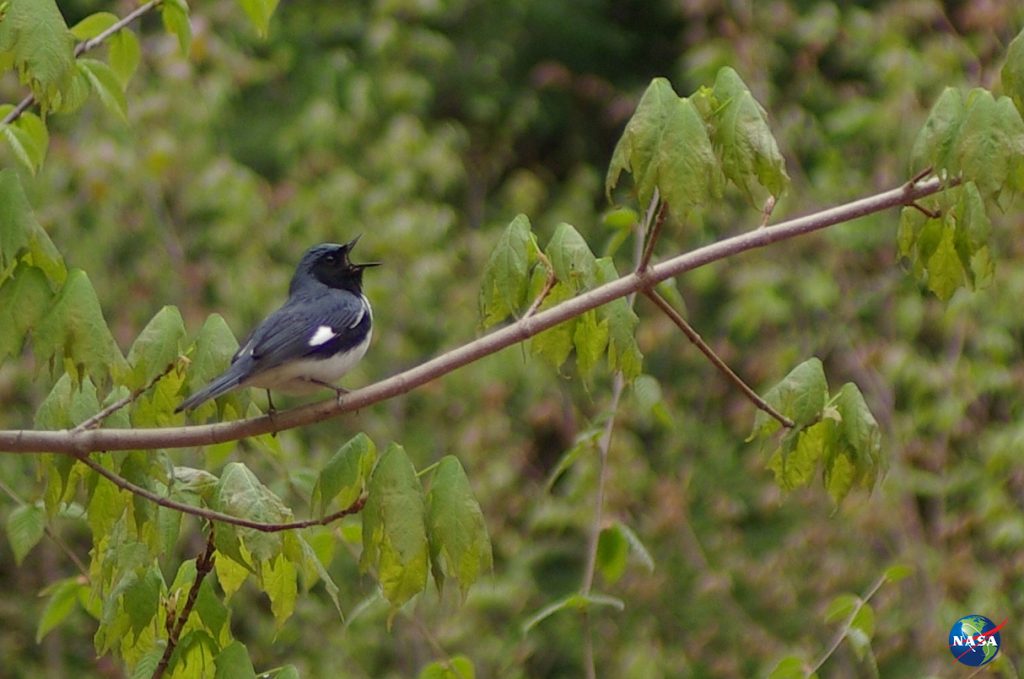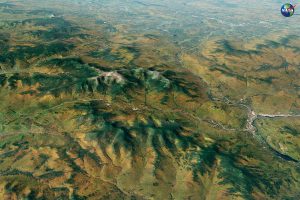
New Hampshire hosts nearly 200 species of songbirds, but quieter forests are concerning conservationists as populations and diversity of the musical species decrease. NASA satellite data helped map the changing forest landscape, better equipping land managers to react to effects of forest fragmentation and changing songbird populations.
 Forest fragmentation and habitat loss from stressors like commercial development and climate change are leading threats to forest birds in the Northeast. Forest fragmentation occurs when a tree-filled habitat gets cut down into smaller patches, with open lands or human development in between.
Forest fragmentation and habitat loss from stressors like commercial development and climate change are leading threats to forest birds in the Northeast. Forest fragmentation occurs when a tree-filled habitat gets cut down into smaller patches, with open lands or human development in between.
NASA Earth Applied Sciences’ DEVELOP program used Earth observations to map the health and density of forest cover across New England, which the National Audubon Society incorporated into land conservation and management efforts. With strategic conservation, songbirds can continue singing the praises of New Hampshire for years to come.
